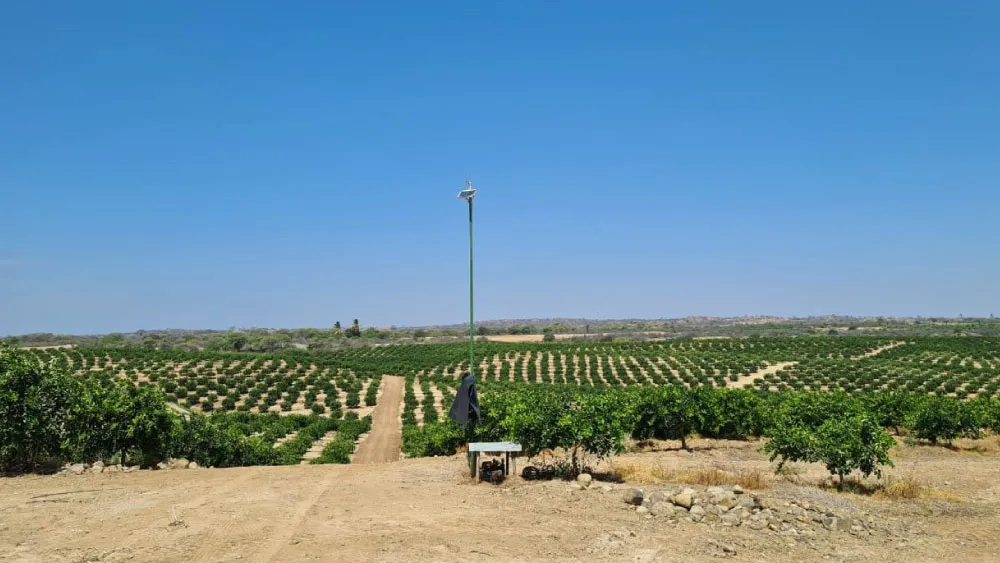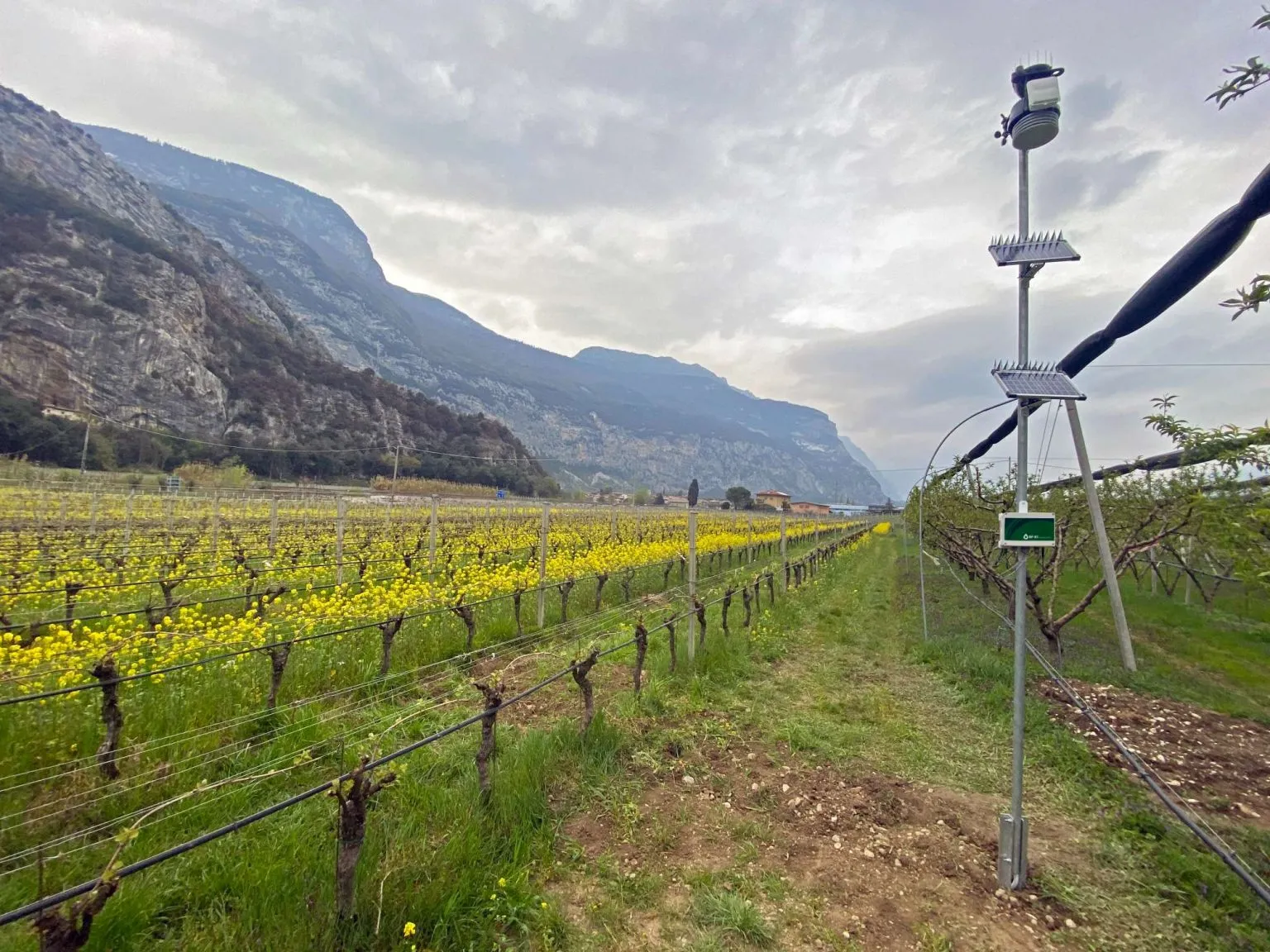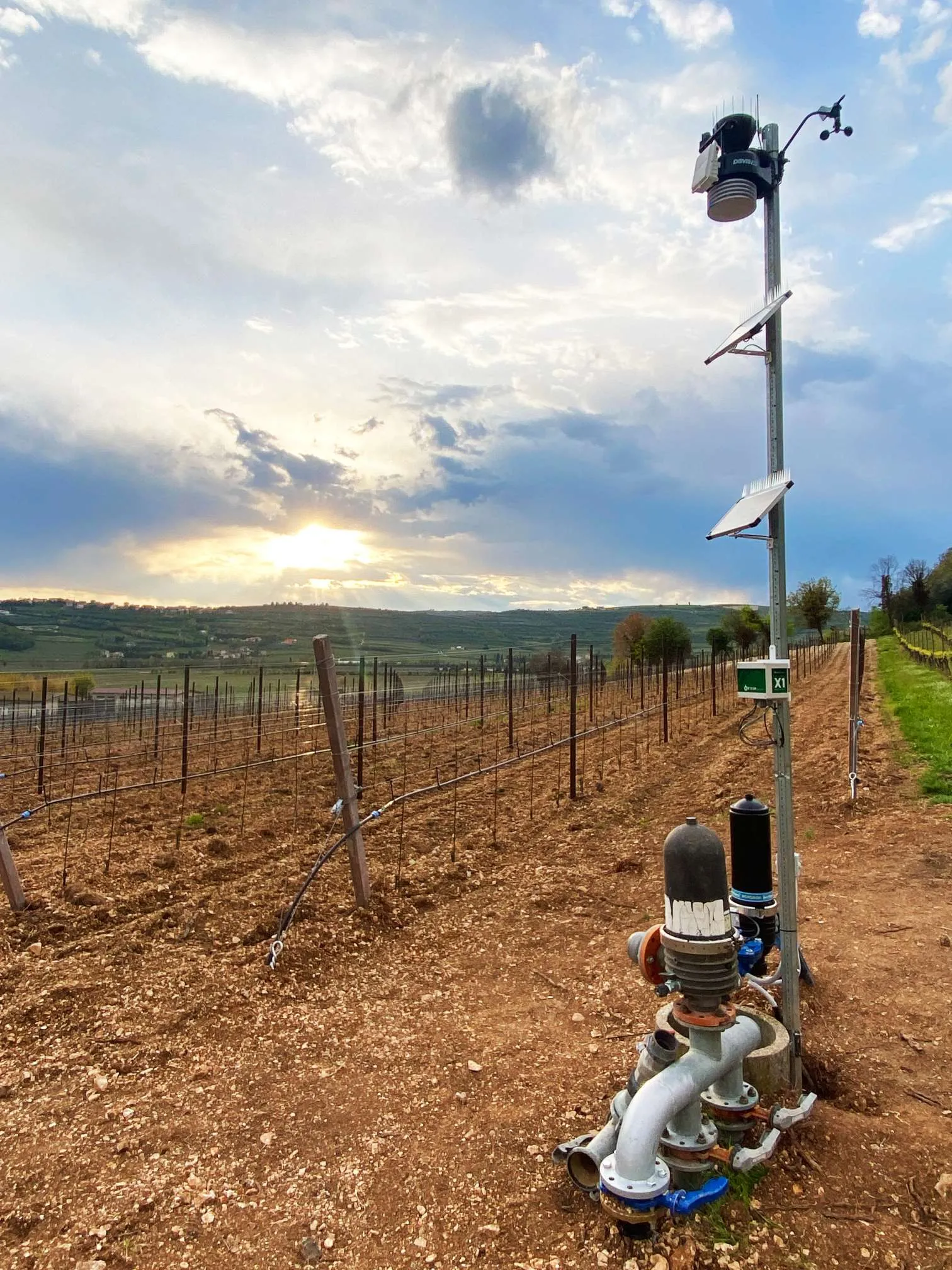
High-Performance Sprinkler Systems for Large-Scale Crop Irrigation
In modern agriculture, sprinkler systems are essential for efficient water distribution, especially in large-scale crop production. As water resources become increasingly scarce, the demand for precision irrigation solutions that optimize water use while maximizing crop yield is paramount. High-performance sprinkler systems leverage advanced components and technologies to meet these demands, offering growers improved control, consistency, and sustainability.
What Is a High-Performance Sprinkler System?
A high-performance sprinkler system incorporates cutting-edge hardware and software designed for precision irrigation management. Unlike traditional sprinkler systems, these systems integrate:
- Advanced nozzles and spray patterns to enhance uniformity.
- Variable rate irrigation capability to adapt water application to crop needs.
- Automated control nodes and sensors for real-time monitoring of soil moisture and environmental conditions.
- Compatibility with cloud-based platforms for remote management and data analytics.
Such integration enables growers to apply water precisely where and when crops require it, reducing waste and improving resource efficiency.

Benefits of Sprinkler Systems in Large-Scale Agriculture
High-performance sprinkler systems deliver numerous advantages critical for large-scale operations:
- Water efficiency and coverage: Precise application reduces runoff and deep percolation losses.
- Labor and time savings: Automation decreases manual intervention and optimizes irrigation scheduling.
- Consistency in irrigation: Uniform distribution ensures even crop growth and minimizes stress.
- Increased crop yields: Optimized water delivery supports plant health and maximizes productivity.
These benefits translate into significant operational cost savings and enhanced sustainability.
Key Considerations When Choosing a Sprinkler System
Selecting the appropriate sprinkler system involves assessing several agronomic and technical factors:
- Type of crops and field layout: Different crops and terrain require tailored spray patterns and system designs.
- Water pressure and flow requirements: System components must be matched to available water supply parameters to ensure optimal performance.
- Climate and environmental conditions: Wind, temperature, and humidity influence evaporation rates and irrigation timing.
- Maintenance and durability: Systems should be robust and serviceable to withstand field conditions and minimize downtime.
A thorough evaluation ensures the system meets both crop and operational requirements effectively.
Types of Sprinkler Systems for Agricultural Use
The main categories of sprinkler systems include:
- Center pivot systems: Rotating arms irrigate large circular fields efficiently.
- Lateral move systems: Linear movers cover rectangular plots with precise control.
- Fixed and portable systems: Stationary or movable sprinklers adaptable to diverse layouts.
- Automated vs manual control: Automation enhances precision and reduces labor, while manual systems may suit smaller or less complex fields.
Understanding the differences allows growers to select the ideal system architecture.

Common Challenges and Troubleshooting Tips
Even advanced sprinkler systems face challenges such as:
- Uneven water distribution: Caused by nozzle wear or improper pressure settings.
- Clogging issues: Resulting from particulate matter or biological growth.
- Pressure loss and system leaks: Leading to inefficient irrigation and increased costs.
Regular monitoring, maintenance, and system calibration mitigate these issues.
Integration with Smart Irrigation Technologies
High-performance systems increasingly integrate with smart irrigation technologies for enhanced control:
- Sensors and automation: Soil moisture, flow, and pressure sensors enable adaptive irrigation.
- Remote monitoring and control: Cloud-based platforms allow real-time management from anywhere.
- Data-driven irrigation scheduling: Analytics inform optimal timing and volumes, improving water use efficiency.
WiseConn’s DropControl and hardware nodes (e.g., RF-M1, RF-V1) exemplify this approach, delivering scalable and flexible irrigation management solutions.

Conclusion
High-performance sprinkler systems are critical tools for large-scale agriculture, enabling growers to optimize water use, reduce labor costs, and increase crop yields. When selecting a system, attention to crop requirements, system components, and integration with smart technologies ensures long-term success and sustainability.
Ready to upgrade your irrigation system? Contact WiseConn today to discover how our high-performance sprinkler system solutions, combined with advanced monitoring and automation, can revolutionize your large-scale crop irrigation. Learn more about our complete solution and take the next step toward optimizing your water management.


